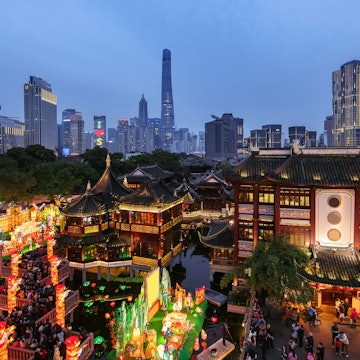
The 16 best things to do in Shanghai, China



Shanghai has one of China's most iconic skylines. Yunqing Shi/Shutterstock
China’s most cosmopolitan city, and the third-largest city on Earth, Shanghai is a place not easily pigeon-holed. With its ultramodern skyline and gleaming neon billboards, this city has evolved like nowhere else in China, yet it nestles around a history-steeped core. Shanghai Pudong is the nation’s second busiest airport, making this a perfect first port of call on a trip to the country formerly known as Zhongguo, the Middle Kingdom.
Shanghai’s neighborhoods have distinctive architectural styles, from the tree-lined, villa-filled French Concession to the resplendent skyscrapers of Pudong, while distinguished shikumen (stone-gate houses) can be found across the city. Eating will inevitably be a big part of any visit here – in a city with more than 100,000 restaurants, you’ll find high standards and inventive flavors sourced from the furthest Chinese provinces and across the world.
Add with world-class museums, captivating parks, incense-filled temples and the waterside wonder that is the Bund, you’ll find plenty to keep you busy from dawn to long after dusk. Whether it’s your first journey or your fifth, here are the best things to do in Shanghai.

1. Take Shanghai’s pulse in People’s Square
People’s Square (Renmin Guangchang) is one of Shanghai’s most iconic meeting places, where beautifully designed art deco structures sit among towering modern skyscrapers. Inside the grand, clock-topped former General Post Office Building (Shanghai Youzheng Bowuguan) from 1924, you can see an old mail-train carriage, two old post vans and a mock Qing dynasty mail room.
Housed in a pot-shaped circular building, complete with handles, the Shanghai Museum is about as distinctive as museums get. Inside, over four floors, you can view an enormous, rare and valuable collection of cultural objects, from Chinese paintings, seals and jade stone carvings to minority costumes, Ming and Qing furniture, calligraphy and old coins. Look out for real-life examples of the ding cooking vessels that inspired the museum's architecture.
Planning tip: Sky Dome Bar, on the 46th floor of the Radisson Blu Hotel Shanghai New World tower, offers classic cocktails with killer vistas of People’s Square from above.
2. Stroll along East Nanjing Rd
Previously known as Nanking Rd, this buzzing pedestrianized thoroughfare was once the city’s beating heart, with the country’s first fancy department stores opening here in the 1920s. Colonial-era architectural details remain above the modern shopfronts – look up to see ornate balconies, detailed plasterwork, elegant columns and stately cupolas.
By night, billboards are lit up like a glowing forest of neon. As you approach the Huangpu River, the looming towers of Pudong’s futuristic skyline are perfectly framed between the buildings of East Nanjing Rd.
Planning tip: At Jinhua Rd, street-food stalls sell delicious snacks such as “wolf tooth potato” fries sprinkled with chili, onion and cumin, and octopus on a stick.
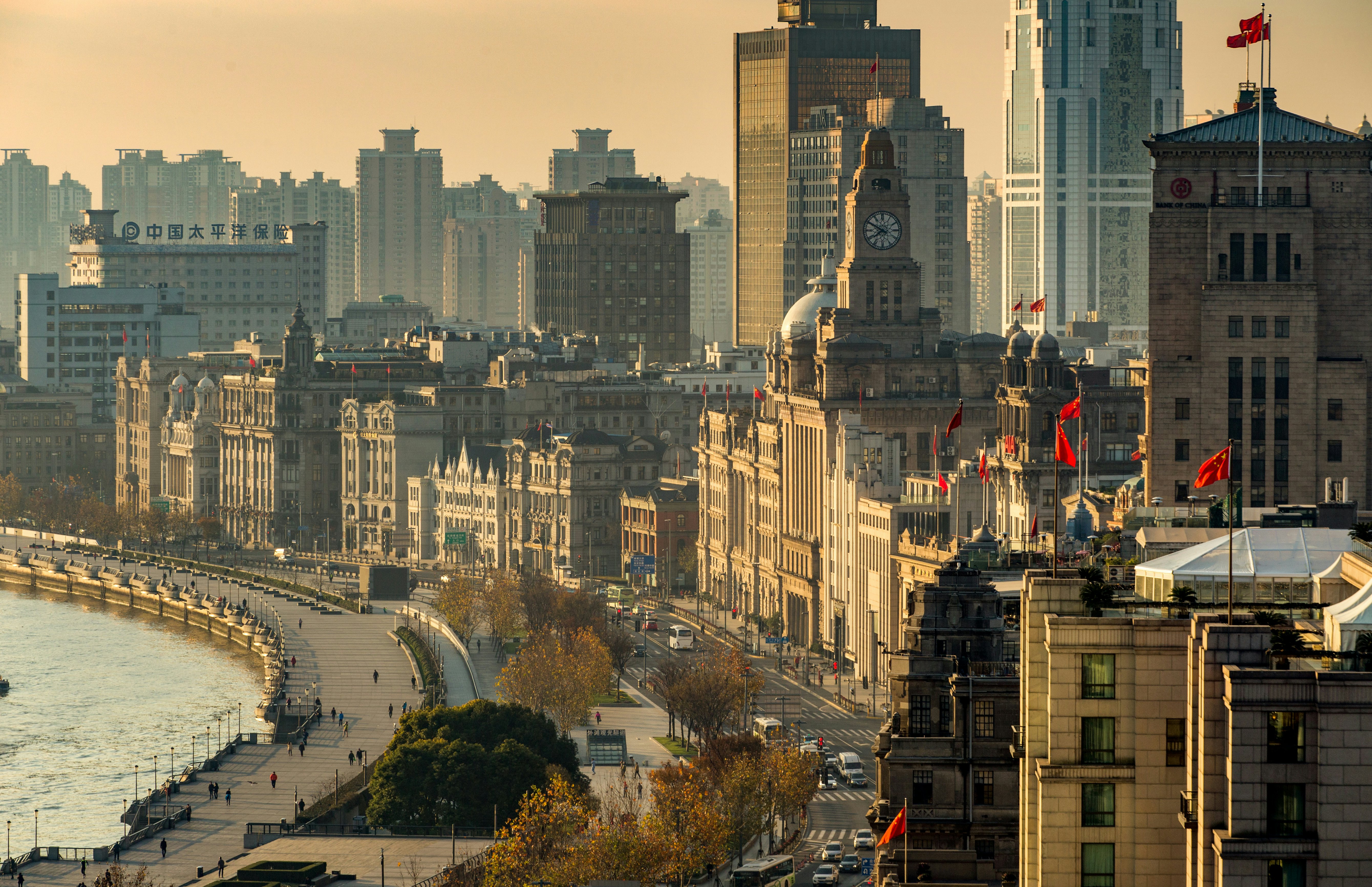
3. Admire the grand architecture on the Bund
Tracking the Huangpu River for 1.5km (0.9 miles), the iconic Bund promenade is a parade of awe-inspiring neoclassical, Gothic and baroque facades from the colonial period, juxtaposed with towering modern skyscrapers and seriously impressive views of Pudong. This district was the heart of the British concession when Shanghai was the mainland hub of British trade in China.
Must-see buildings include the Fairmont Peace Hotel, originally the Cathay Hotel, painstakingly restored to its 1920s grandeur in 2010. Stop by the Peace Gallery, stuffed with artifacts and pictures of the glitterati who have visited the hotel – from Sun Yatsen to Charlie Chaplin and playwright Noël Coward – or swing into the jazz bar at 7pm for the excellent house band.
Also check out the bank-like House of Roosevelt building at No 27, once the headquarters of the opium-trafficking company Jardine Matheson, and the lion-guarded Bank of China building from 1935, on the site of the old German Club. Then there’s the Customs House at No 13, styled after London’s Big Ben in 1927.
Planning tip: For views of the Bund and Pudong together, visit the Char restaurant at the Indigo Hotel, climb to the terrace at the Captain’s Bar, or eat at swanky Three on the Bund.
4. Take a peculiar journey under the Huangpu River
Connecting the Bund and Pudong via a 647m (2123ft) subterranean passageway, the Bund Sightseeing Tunnel (Waitan Guanguang Suidao) is one of the most comically kitsch and bizarre experiences to be had in Shanghai. Climb aboard a pedestrian-only electric pod for a five-minute journey under the Huangpu River, through a tunnel illuminated with kaleidoscopic colored lights as a creepy and suspenseful soundtrack plays.
Planning tip: Services leave every 15 minutes or so from about 8am to 10pm, but the ride may be a bit too scary for smaller children.

5. Take a Huangpu River cruise
For one of the best perspectives of the neoclassical buildings along the Bund and the space-age towers of Pudong, climb aboard a river boat. Huangpu River Cruise offers 45-minute or one-hour boat trips leaving from the South Bund. Otherwise, catch a local commuter ferry from East Zhongshan No 2 Rd, for the same view for only a couple of yuan (US$0.30; ferries run every 15 minutes between 7am and 10pm).
Planning tip: Boat rides can be bitterly cold in the winter months, so wrap up warm.
6. Enjoy a Michelin-starred feast
If you eat just one fancy meal in Shanghai, make it at Three on the Bund, which is crammed with Michelin-starred restaurants. French-Asian fusion restaurant Jean-Georges is headed up by the eponymous superstar French chef, while Canton Table serves dim sum in a tasteful floral-wallpapered Chinese dining room, complete with large lazy Susans.
European-style Pop on the Bund occupies the 7th floor of the building, attracting a younger crowd with retro Miami Beach-style decor and expansive Pudong skyline views. Uber-cool Italian restaurant Mercato, set in a space with exposed beams, is also headed by Jean-Georges.
Planning tip: Those who really want to impress a date can book the Cupola, an intimate and hidden private table for two inside the building’s old dome.
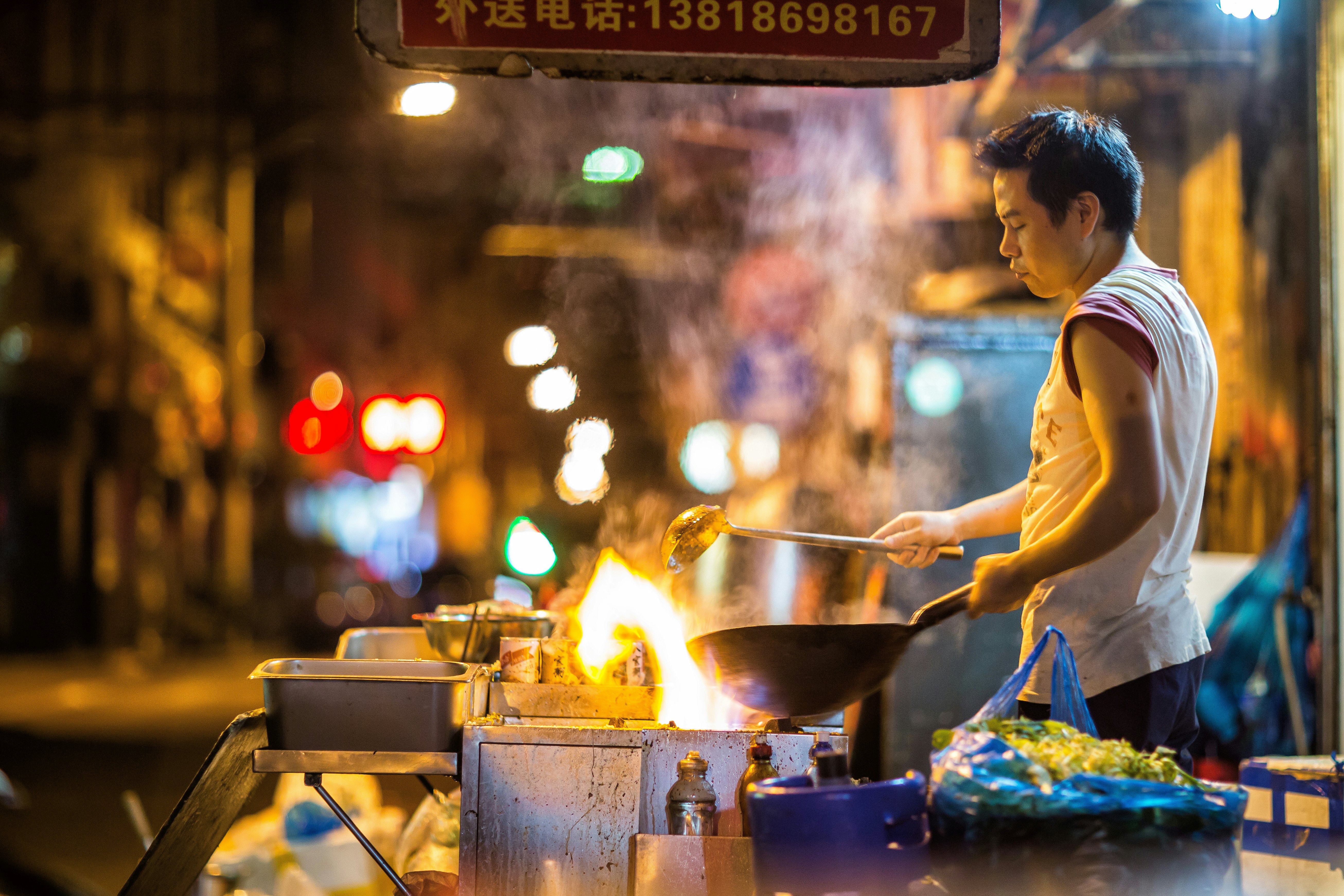
7. Take a culinary journey through Shanghainese cuisine
Shanghai has more excellent restaurants than you could squeeze into a lifetime, so it pays to be selective. For an upmarket introduction to Shainghainese food, book a table at the French Concession’s stylish Yongfoo Elite Residence or Jing’an’s Fu 1088, set in a 1930s villa filled with Chinese antiques. A few blocks northeast, the audaciously named Bastard takes Chinese cooking into hipster territory, with brave flavor combinations and natural wines.
For the food of the people, head to the French Concession, which is dotted with restaurants and food stalls. Scallion oil noodles are the stock in trade of Imperial Noodle House on Changle Rd, while Xiang Cai Ren Jia on North Xiangyang Rd serves tasty scallion oil pancakes with eggs. Try Jesse on Tianping Rd for Shanghainese dumplings, salted chicken, spicy beef, liquor-soaked crab and braised pork.
Detour: Just north of the French Concession, Lai Lai rushes out steaming baskets of Shanghai-style xiaolongbao dumplings with crab; Nanxiang Steamed Bun Restaurant in the Old City’s Yuyuan Bazaar is also recommended.
8. Discover the story of how Shanghai was built
One for architecture fans, the five-level Shanghai Urban Planning Exhibition Hall follows the city’s architectural development, from muddy settlement on the Huangpu River to futuristic metropolis, using giant models, interactive multimedia displays and historic photos to set the scene.
The highlight is a striking scale model of downtown Shanghai occupying a whole room, with every building over six stories high represented. The 1st floor depicts the city’s early evolution, from the European colonizers who raised grand towers along the Bund to the distinctive shikumen (stone-gate houses) that can be found throughout the city.
Planning tip: Stop by the small 5th-floor cafe for glorious views over People’s Park.
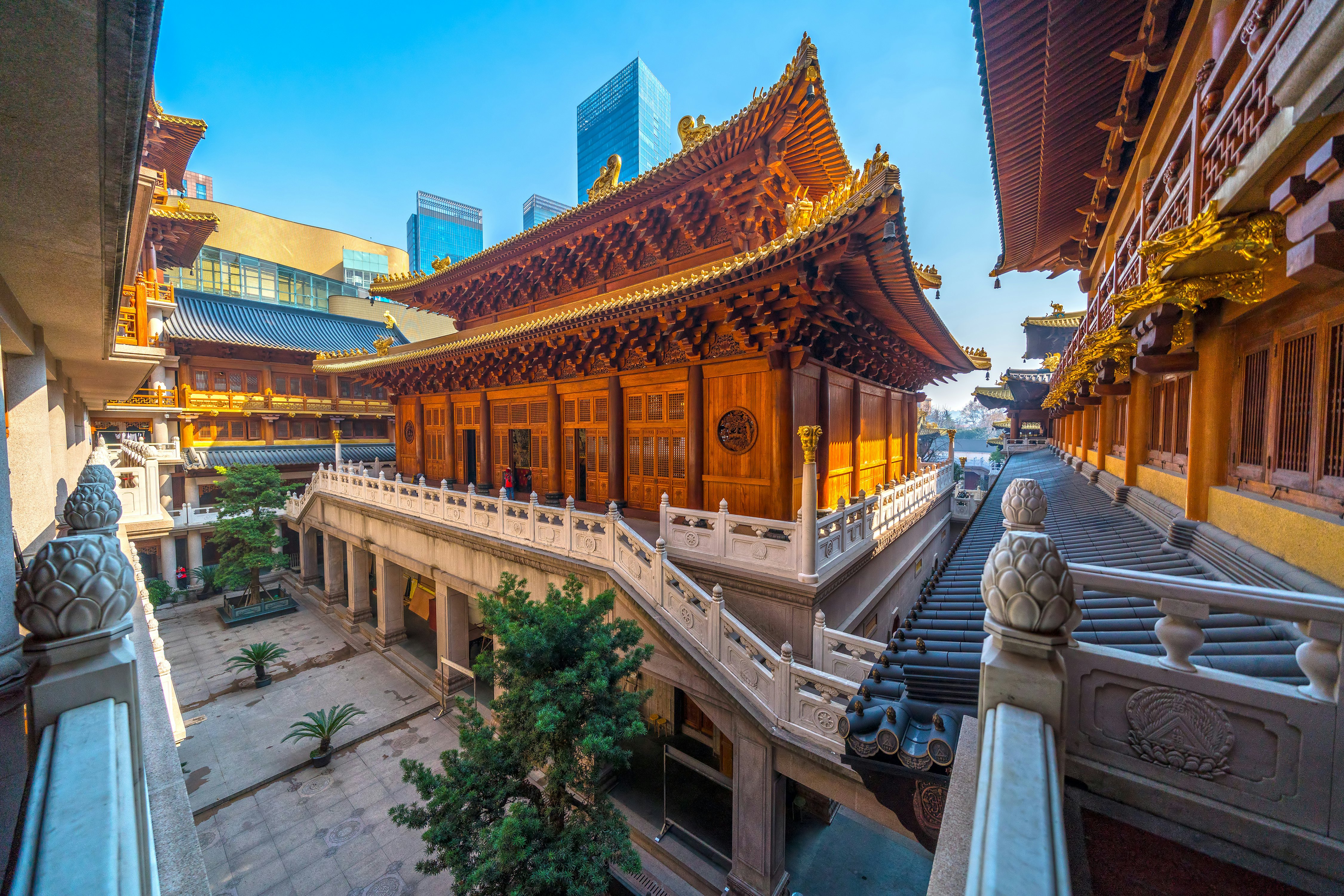
9. Take a wander around Jing’an
One of the coolest areas in the city, Jing’an sits north of West Nanjing Rd. Its tree-lined streets are similar to those in the former French Concession, and many bars and restaurants have found homes among Jing’an’s longtang (alleyways). It’s easy to spend a day wandering or cycling the vibrant streets, and sampling the ever-changing eating and drinking spots.
Also here is the Shanghai Natural History Museum, covering everything from the Big Bang and human evolution to dinosaur skeletons and model animatronics. Spiraling like a chambered nautilus shell and topped by a curved lawn embankment flanking the Jing’an Sculpture Park, it’s a great stop for families looking to escape the city crush for an hour or two.
For a taste of China’s famous circus arts, watch motorbike stunt riders zoom upside down and gaze in awe as acrobats contort and flip across the stage at Shanghai Circus World, a permanent indoor circus that has been running since 2005.
Before you leave, be sure to step inside Jing’an Temple, founded in 1216. During the Cultural Revolution, this holy site was stripped of its statues, transformed into a plastics factory, then destroyed by a fire, before being restored. Today, it’s a relaxing Buddhist space full of incense and Buddhist chants amid the glitzy shopping malls.
Planning tip: If you visit Jiang’an Temple, don’t miss the excellent, inexpensive Jen Dow Vegetarian Restaurant at the rear, serving up mushroom-laden noodles in a simple, calm setting.
10. Discover Shanghai’s creative side in the M50 Art District
More than 100 artists have set up workspaces in the disused factories and cotton mills known as M50 (50 Moganshan Rd), located just north of Jing’an. Launched by local artist Xue Song in 2000, this is the largest complex of modern art galleries in Shanghai and most are open to the public for free. Exhibitions are backed up by edgy street art decorating factory walls and disused machinery.
Must-visit art spaces include the wonderful island6 gallery (Building 6), which offers provocative and humorous takes on city life, and ShanghART (Building 16), specializing in large-sized pieces. Art Technology Space (Building 18) hosts trippy sensory exhibitions, while Pata Gallery (Building 4) is a great place for Chinese contemporary works and Antenna Space (Building 17) is all about new media art.
Detour: Set in a repurposed power plant in Nanshi, the Power Station of Art (Shanghai Dangdai Yishu Bowuguan) hosts huge installations and ambitious rotating exhibitions; it also hosts the Shanghai Biennale from November to March.
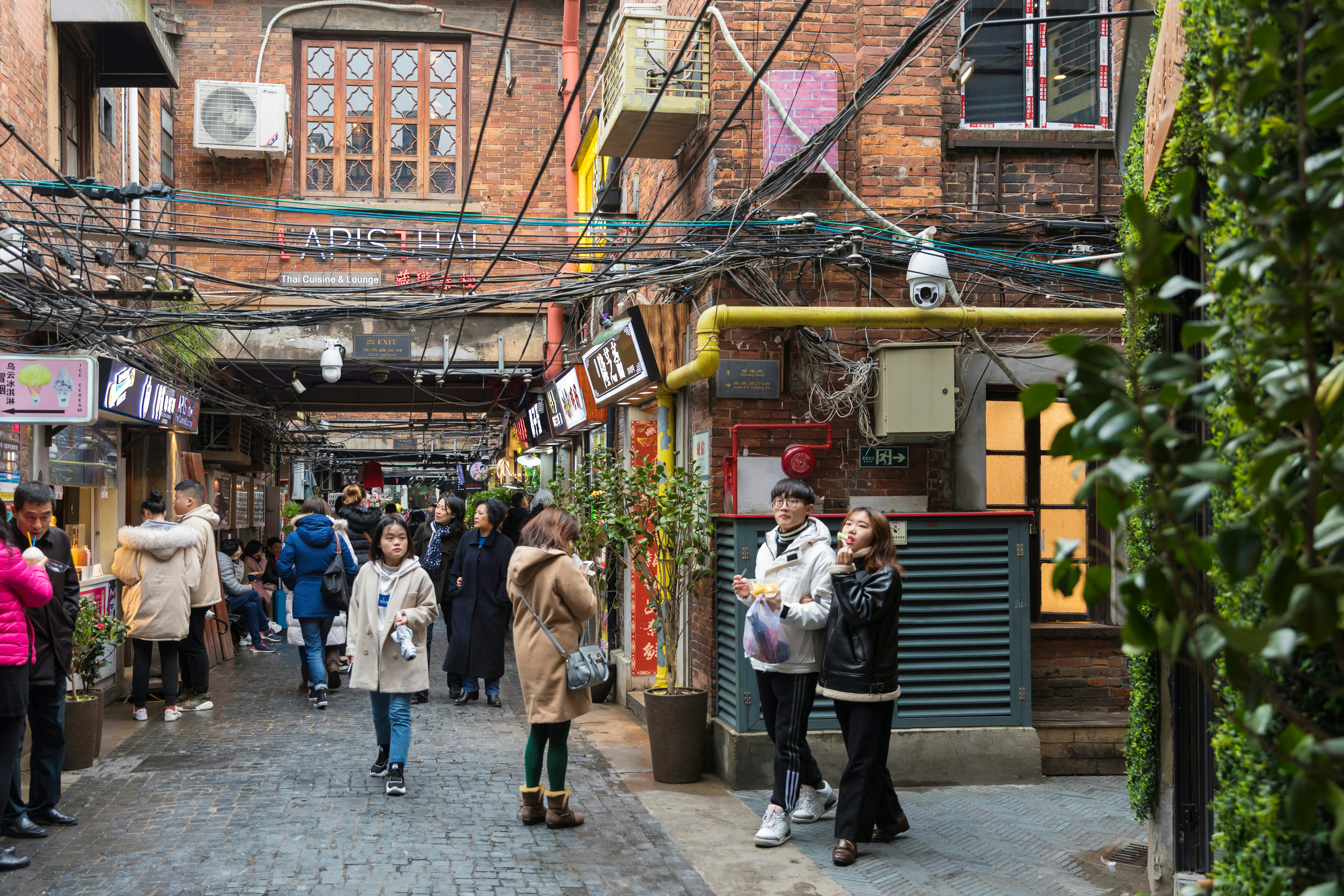
11. Explore the French Concession
With leafy tree-lined avenues, 1920s mansions and French-influenced architecture, this colonial-era neighborhood is the place to find calm in Shanghai’s swirling metropolis. Its roads are sprinkled with traditional complexes of lane houses, pop-up independent fashion boutiques, uberhip cafes, cocktail bars and an ever-rotating line-up of restaurants.
The former French Concession was active between 1849 and 1943, and historic buildings abound. Landmarks to seek out include the Italianate, red-brick All Saints’ Church (1925), the former home of Chinese painter Liu Haisu, the humble residence used by “father of modern China” Sun Yatsen from 1918 to 1924, and the splendid art deco Cathay Theatre from 1932.
To sample the district’s distinctive shikumen architecture, with townhouse-lined longtang lanes reached through arched gateways, head to Tianzifang, constructed in the 1930s and still filled with lived-in homes, art studios, craft stores, hole-in-the-wall bars and little cafes and tea shops.
Planning tip: While exploring, pop into the Antique Garden Shanghai, an atmospheric garden cafe set in an old house decked out with an eclectic collection of vintage trinkets, furniture, birdcages and old magazines.
12. Soak in the atmosphere of Old Shanghai
Known to locals as Nanshi, meaning “Southern City,” this 16th-century district was the center of Chinese Shanghai before the Europeans arrived, and a hub for political activity by locals during the colonial period. Although much of the Old City has been torn down and replaced by modern developments, there are still charmingly scruffy small lanes with original architecture.
The highlight here is the Yuyuan Gardens & Bazaar, with snaking pathways, flower-filled gardens, historic pavilions and koi-filled ponds. Nanshi is also a good area to seek out traditional Shanghainese dishes from dumplings to hand-pulled noodles, including at the famous Mid-Lake Pavilion Teahouse at Yuyuan Gardens, a museum-piece from 1784.
Nanshi also has an interesting scattering of temples – within walking distance of each other, you’ll find the modern Taoist Baiyin Temple and Buddhist Fazangjiang Temple and the historic Confucius Temple, founded in 1294 but relocated to this site in 1855. At the Dajing Pavilion, you can see a preserved section of Shanghai’s 16th-century walls.
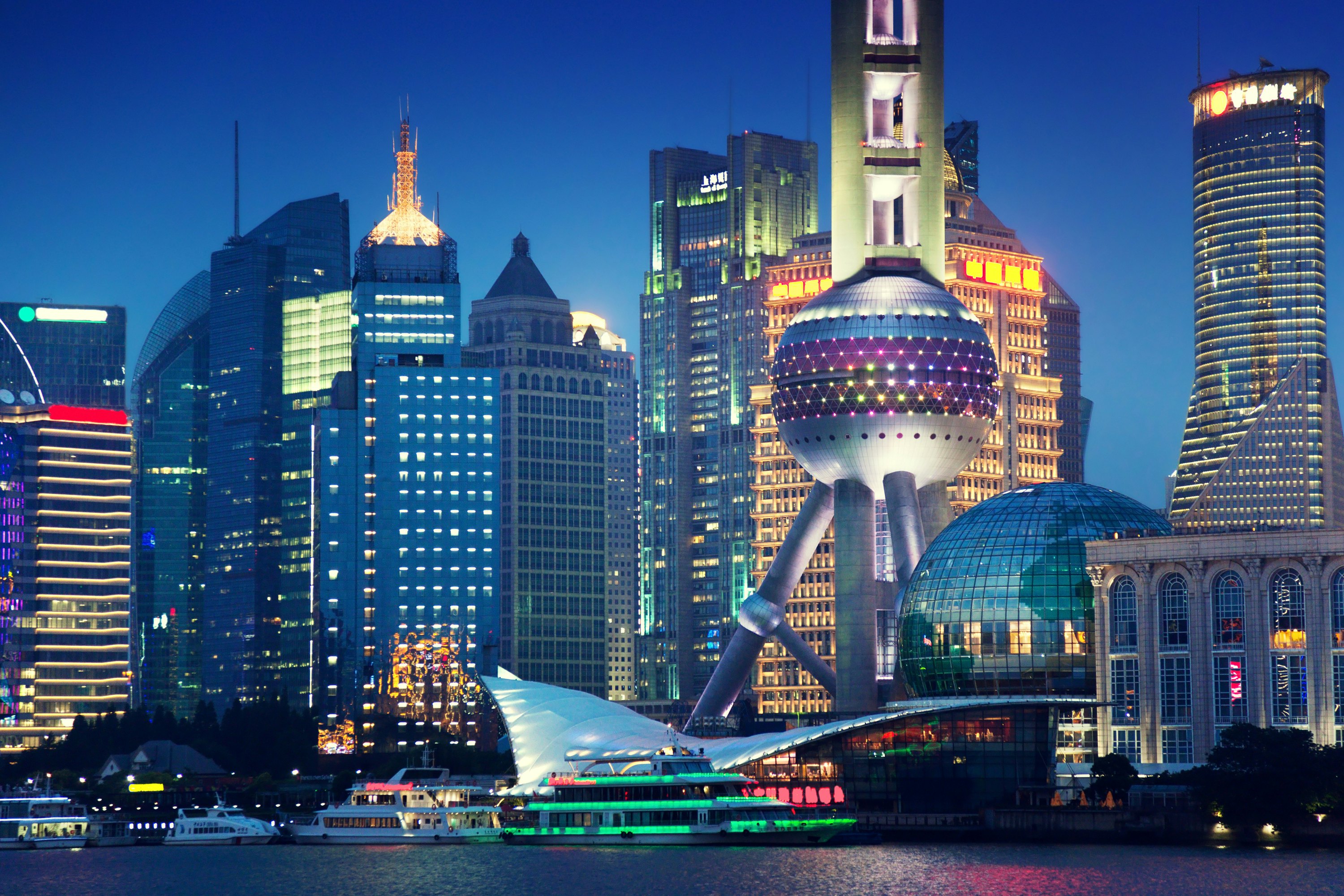
13. Climb Pudong’s sky-piercing towers
Pudong, where most international visitors arrive into Shanghai, is where the city puts on its futuristic face. Famous for its neck-craning riverside skyscrapers, from the bottle-opener-shaped Shanghai World Financial Center (492m/1614ft) to the spiral-shaped Shanghai Tower (632m/2073ft), Pudong offers visitors a peek at China’s architectural future.
The must-climb tower is, of course, the tripod-like, 468m-tall (1535ft) Oriental Pearl TV Tower, looking like a kids’ assembly block creation on the east bank of the river. There are two main viewing galleries – the Middle Ball at 263m (863ft), offering 360-degree views of the city, and the Transparent Observatory at 259m (850ft), with its vertiginous circular see-through walkway.
Your ticket will also give you entry to the Shanghai History Museum on the ground floor, which outlines the city’s dramatic evolution. Nearby, you can ascend the pagoda-like, 420.5m-tall (1380ft) Jinmao Tower, once China’s tallest building, for spectacular views from the swanky Club Jin Mao restaurant and Cloud 9 bar at the tower’s Grand Hyatt hotel. Alternatively, visit the observation deck on the 88th floor and take a skywalk outside the building.
Detour: When you’ve had your fill of high-rises, head to Century Park – Shanghai’s largest – where manicured lawns and patches of forest circle a calm lake, providing an escape from the city hubbub.
14. Go to Shanghai Disneyland
Perpetually busy Shanghai Disneyland is notably cheaper than the Disneylands in Paris and Orlando, and most of the attractions can be enjoyed by non-Chinese speakers, though the phenomenal Pirates of the Caribbean: Battle for the Sunken Treasure ride is narrated in Chinese. Another highlight is the seriously fast and uberfuturistic TRON roller coaster, which accelerates to 95km/h (59mph). The park has eight themed lands, plus Disney’s biggest-ever Enchanted Storybook Castle.
Planning tip: Get here the easy way on Shanghai Metro Line 11, disembarking at Disney Resort Station.
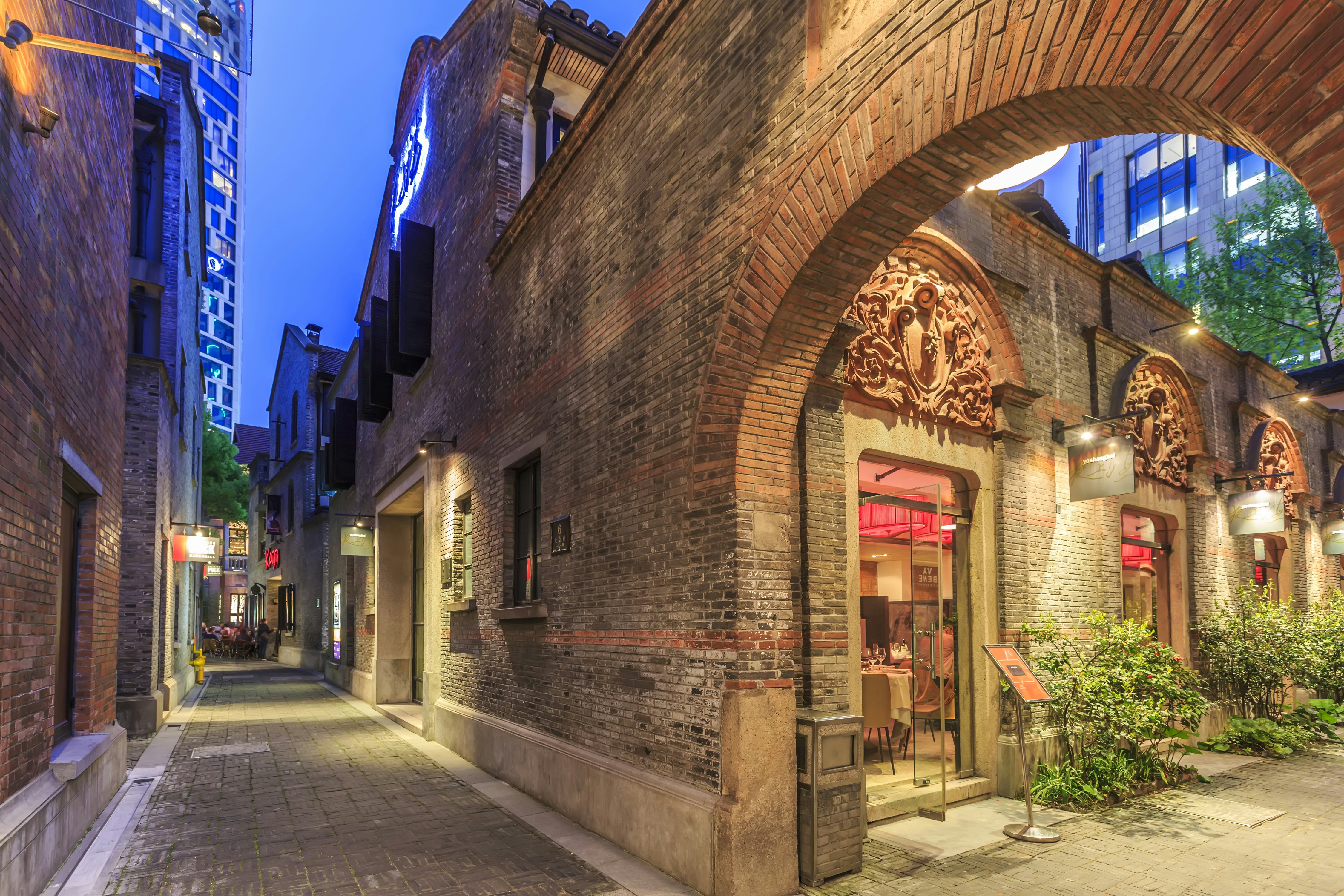
15. Explore the entertainment district of Xintiandi
Xintiandi is an incredibly popular rejuvenated district that was the first meeting place of the National Communist Party. Today, it’s a cluster of prettified streets modeled on traditional longtang, occupied by upmarket restaurants, cafes and boutique shops. Take afternoon tea at the Peninsula Boutique & Cafe or have a classic French-bistro meal at Polux by Paul Pairet.
Look up when wandering the alleys of Xintiandi to admire the shikumen gateways that define this neighborhood. The extravagant three-story mansion at One Xintiandi was built in 1925, with stone balustrades and Roman-style latticework. Don’t forget to visit the Site of the 1st National Congress of the Chinese Communist Party, with its oath-taking hall and museum chronicling the recent history of Shanghai.
16. Tour Pudong’s art museums
Despite the high-tech setting, Pudong has plenty of time for the arts. The Museum of Art Pudong has six floors of exhibition halls displaying works from traditional folk arts to Chinese modern art. The China Art Museum is housed inside the remarkable red pyramid of the World Expo China Pavilion; its galleries show modern works, with a permanent Chinese collection. The Aurora Museum is the place for historic Chinese treasures, from porcelain to Buddhist sculptures, including a remarkable burial suit made of tiny jade panels.
This article was adapted from the China guidebook published in August 2025.












